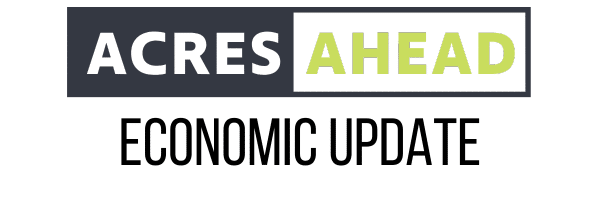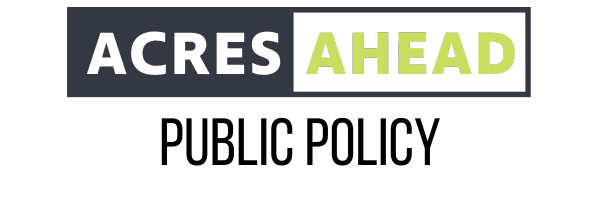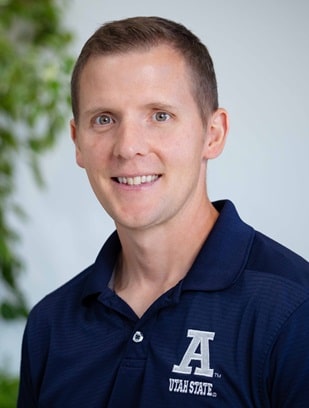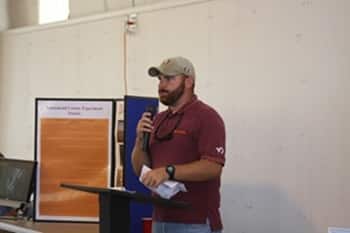Why can’t I access this file?
Possible reasons you cannot access this file:
- Your membership has expired.
- The file is restricted to certain users.
If you are seeing this message in error, please contact us.

Possible reasons you cannot access this file:
If you are seeing this message in error, please contact us.

Possible reasons you cannot access this file:
If you are seeing this message in error, please contact us.

Possible reasons you cannot access this file:
If you are seeing this message in error, please contact us.

Possible reasons you cannot access this file:
If you are seeing this message in error, please contact us.

Possible reasons you cannot access this file:
If you are seeing this message in error, please contact us.

Possible reasons you cannot access this file:
If you are seeing this message in error, please contact us.

The FERT Foundation is home to 12 research projects that focus on fluid fertilizer and 4R optimization. Each week we have been featuring a different researcher in this publication, and this week, we’d like you to meet 4R Researcher Dr. Matt Yost, and introduce his project of “Stacking and Intersecting Nutrient and Irrigation 4Rs.”
Researcher:
Researcher Dr. Matt Yost, Assistant Professor at Utah State University, has been leading the project “Stacking and Intersecting Nutrient and Irrigation 4Rs” funded from 2019 to 2024. This project explores how individual and stacked nutrient and irrigation 4R’s intersect to improve the sustainability of major forage, fruit, grain, and vegetable crops in the West. It addresses both priority cropping systems and priority issues outlined in the request for proposals. Four major efforts include producer surveys to quantify 4R adoption and barriers, five coordinated field experiments that utilize a new innovative way to evaluate stacking nutrient 4R’s across crops, utilization of three existing stacked irrigation 4R experiments to quantify how 90 water conservation treatments influence nutrient uptake and efficiencies, and a dynamic multi-state coordinated outreach program to improve adoption of nutrient and irrigation 4R’s. Intersecting nutrient and irrigation 4R’s will guide investments by growers and industry towards combinations that result in the most profitable and sustainable outcomes.
Dr. Yost’s work aims to:

Possible reasons you cannot access this file:
If you are seeing this message in error, please contact us.

The FERT Foundation is home to 12 research projects that focus on fluid fertilizer and 4R optimization. Members had the opportunity to meet researchers and learn about these projects during last week’s Fertilizer Research Forum. Each week we have been featuring a different researcher in this publication, and this week, we’d like you to meet 4R Researcher Dr. William Frame.
Researcher: Dr. William “Hunter” Frame is a native of Virginia and a graduate of Virginia Tech (B.S. and Ph.D.), as well as the University of Tennessee Knoxville (M.S.). He specialized in Crop and Soil Environmental Sciences and Plant Sciences, with his advanced degrees focusing on nitrogen fertilizer management in winter wheat, corn, and burley tobacco systems. Since May 2012, he has been a faculty member at Virginia Tech, serving as the Field Crop Agronomist. His program concentrates on addressing agronomic challenges in cotton production and enhanced efficiency nitrogen fertilizer management for non-legume field crops. Currently, he serves as the project director on the TFI 4R funded grant ($874,980): “An Integrated Approach for Nitrogen Management in Upland Cotton (Gossypium hirsutum) across the U.S. Cotton Belt” from 2019 to 2024. Outside of his research and Extension program responsibilities, Dr. Frame enjoys watching his daughter play softball and bow hunting for whitetail deer.
Dr. Frame’s work aims to:

Possible reasons you cannot access this file:
If you are seeing this message in error, please contact us.